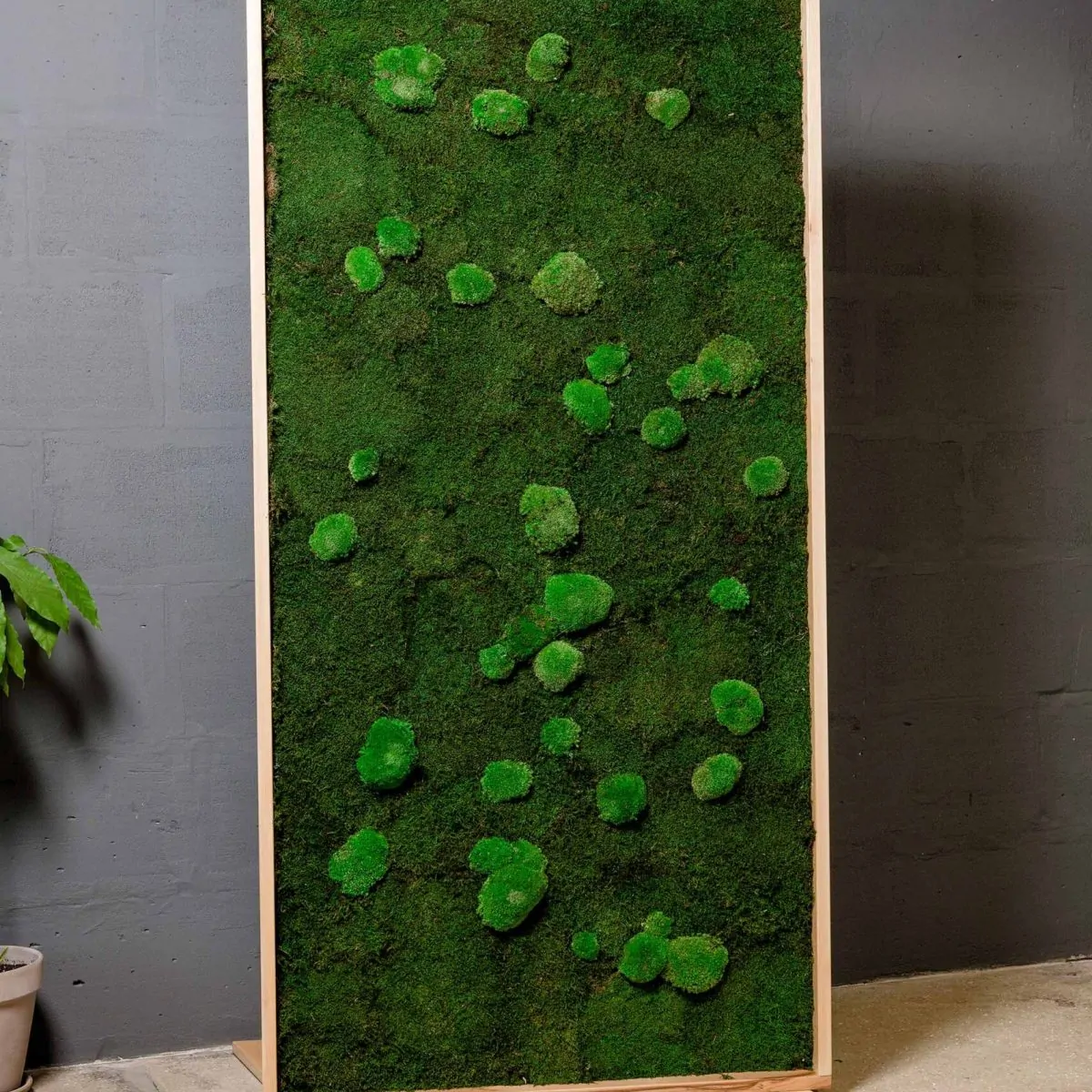Half-toning algorithms on the basis of cross-hatching control the grayscale values of an image either through variation of the line density or line thickness. The variation of the line density was already discussed above for short lines. Examples for the variation of the line thickness can be found in [151]. For the intersection lines, also this approach is selected, because only a fixed number of lines are available, and varying the thickness is more suitable for long crosshatching lines. Examples from the arts, such as copperplates or other engraving techniques, demonstrate this.
 Figure 11.18
Figure 11.18
Each cross-hatching line has to represent through its own grayscale value the overall grayscale value of an area on the object surface
To determine each line thickness, around each line an area is laid onto the object surface that must be represented through the overall grayscale value of the line. This area is defined as the middle between each two intersection lines.
Unfortunately, this thickness cannot be varied arbitrarily, since then the lines no longer have an acceptable appearance. Thus a method must be found that allows for hiding or displaying of the lines as needed. For example, in the outer
Chapter 11 areas of the hose in Fig. 11.17b more lines have to be drawn than in the inner
Landscape Sketches areas in order to obtain a uniform maximal thickness.
A simple solution for this problem is the so-called “priorized drawing”, a technique that is introduced in [38]. In the first step, as many intersection lines priorized drawing ^ are defined as needed to obtain a sufficiently high line density in the most critical areas of the outer object regions.2
Every fourth intersecting curve is now drawn. To calculate the line thickness, again an area is laid around the intersection curves, but in this case as the middle between two adjacent areas of the intersecting sets in the finest resolution. The surfaces of these areas here do not represent the entire surface of the object, but only one quarter of it. Accordingly, the resulting image does not represent the full grayscale value of the reference image.
 |
||
 |
 |
 |
Subsequently, between the two lines an additional line is inserted, and its thickness is computed accordingly. Again it is controlled by the image whose grayscale values were set to white at all the places that are outside of the respective area of the line. This way, white areas are created for places on the surface of the object, which were already sufficiently represented by the drawn subset of the lines.
In Fig. 11.19a the effect on the inside of the bent hose is shown. Already after the first cross-hatching, the result is an almost sufficient representation in some parts, so that later added lines practically do not change anything. The outer part of the hose, however, is sufficiently represented only after the last set of intersection lines. Of course, this idea can be extended to more than four sets of lines.



